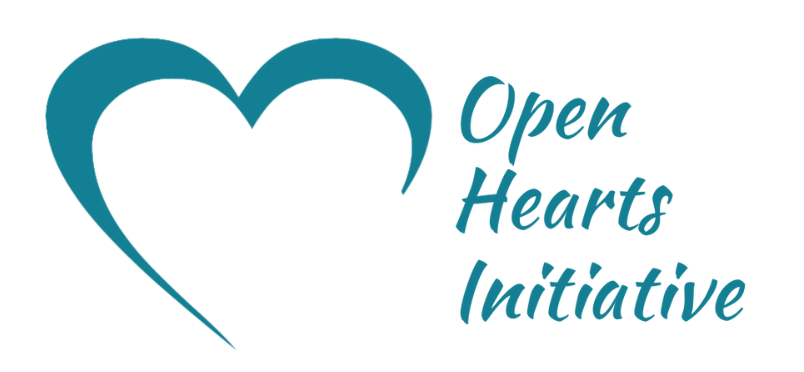Letter From UWS Community Members in Support of the W. 83rd St Safe Haven
Dear Mayor Eric Adams, Council Member Gale Brewer, Borough President Mark Levine, Assemblymember Danny O'Donnell, State Senator Brad Hoylman, Manhattan Community Board 7, City Council Speaker Adrienne Adams, City Council General Welfare Chair Diana Ayala, and DSS Acting Commissioner Molly Park:
As Upper West Side community members, we offer our strong support for the new Safe Haven planned for West 83rd Street. We represent a wide range of neighbors who live and work on the Upper West Side, including longtime residents, business owners, clergy, and parents of young children. New Yorkers in every community should welcome an opportunity to help solve our longstanding homelessness crisis, and we are excited to have a Safe Haven on the Upper West Side–a crucial resource that our neighborhood currently lacks. This Safe Haven, which will be run by experienced provider Breaking Ground, will eventually provide 108 beds for unsheltered neighbors, alongside a robust array of on-site services. These services will include on-site psychiatric and medical care, case management, housing and harm reduction specialists, and indoor and outdoor common areas.
Homelessness can happen to anyone. It is not a personal failing, and it does not make someone any less likely to be a good neighbor. Many of us have gotten to know folks in our community who are experiencing homelessness (and some of us have experienced homelessness ourselves.) We’ve shared meals, talked about sports and books, taken walks together, helped each other move, and shared in the joys and hardships of each other’s lives. Just as the arrival of any new neighbor offers a chance to build connection–even if just by smiling at each other on the streets–so too does the arrival of neighbors who happen to be experiencing homelessness.
Some folks have been asking “why here?” with regard to this Safe Haven. Much of the rhetoric around the Safe Haven has relied on an unspoken assumption: that some neighborhoods are appropriate locations for housing and services for folks experiencing homelessness, and that the Upper West Side is not one of them. We ask: why not here? The Upper West Side is a high-opportunity, amenity-rich neighborhood, with lots of parks, jobs, and excellent public transit access. It’s an ideal place for people to get back on their feet, for the same reasons that many of us chose to live here. Regardless, the Upper West Side is not a gated community; no one has a right to decide that a certain “type” of person is unwelcome in this neighborhood.
We have also heard concerns from some individuals who are worried about the “low-barrier” approach that the Safe Haven takes. In fact, this model is one of the key reasons why we believe this site will be effective at assisting individuals in need, and an asset to our community. As the Coalition for the Homeless has documented, many aspects of the traditional shelter system deter folks on the streets from coming inside, from the lengthy process to the lack of privacy and the dehumanizing restrictions. This Safe Haven will offer private and semi-private rooms, direct placement by street outreach teams, fewer onerous restrictions, and robust services on site–all of which make it significantly more appealing to individuals who have hesitated to enter traditional shelters. (Indeed, the city’s own data on the outcomes of end-of-line subway outreach shows that while just 24% of those placed in traditional shelters stayed there long-term, 63% of individuals who spent the night in a Safe Haven stayed there long-term.) The Safe Haven will be an essential resource for neighbors experiencing homelessness. Blocking or attempting to delay it will not make our neighbors who are on the streets disappear; it will simply leave them with less access to resources at a time when rents are at record highs.
Finally, a common concern we have heard is that this Safe Haven is close to several schools. Those of us who are parents care deeply about our children’s well-being and safety. Having a shelter in our neighborhood is an opportunity to help our children develop empathy and caring. We would rather explain to our children that the UWS is welcoming people who need homes than explain that we are leaving people to sleep unsheltered because our city of wealth cannot be moved to help them. And the data does not support the claim that proximity to a Safe Haven, or to any type of shelter or transitional housing, puts children at risk. There are schools and children–and people in need–in every neighborhood of the city. Helping to meet people’s needs by providing housing and robust services is what investing in true community safety looks like. And for many of our children, homelessness is already a daily reality: nearly 1 in 10 New York City public school students experienced homelessness in the last school year. It saddens us to think about how they must feel when they see flyers around their neighborhood decrying the risk that people experiencing homelessness supposedly pose to our children.
We look forward to welcoming new neighbors to this Safe Haven, and we know that so many others feel the same way.
